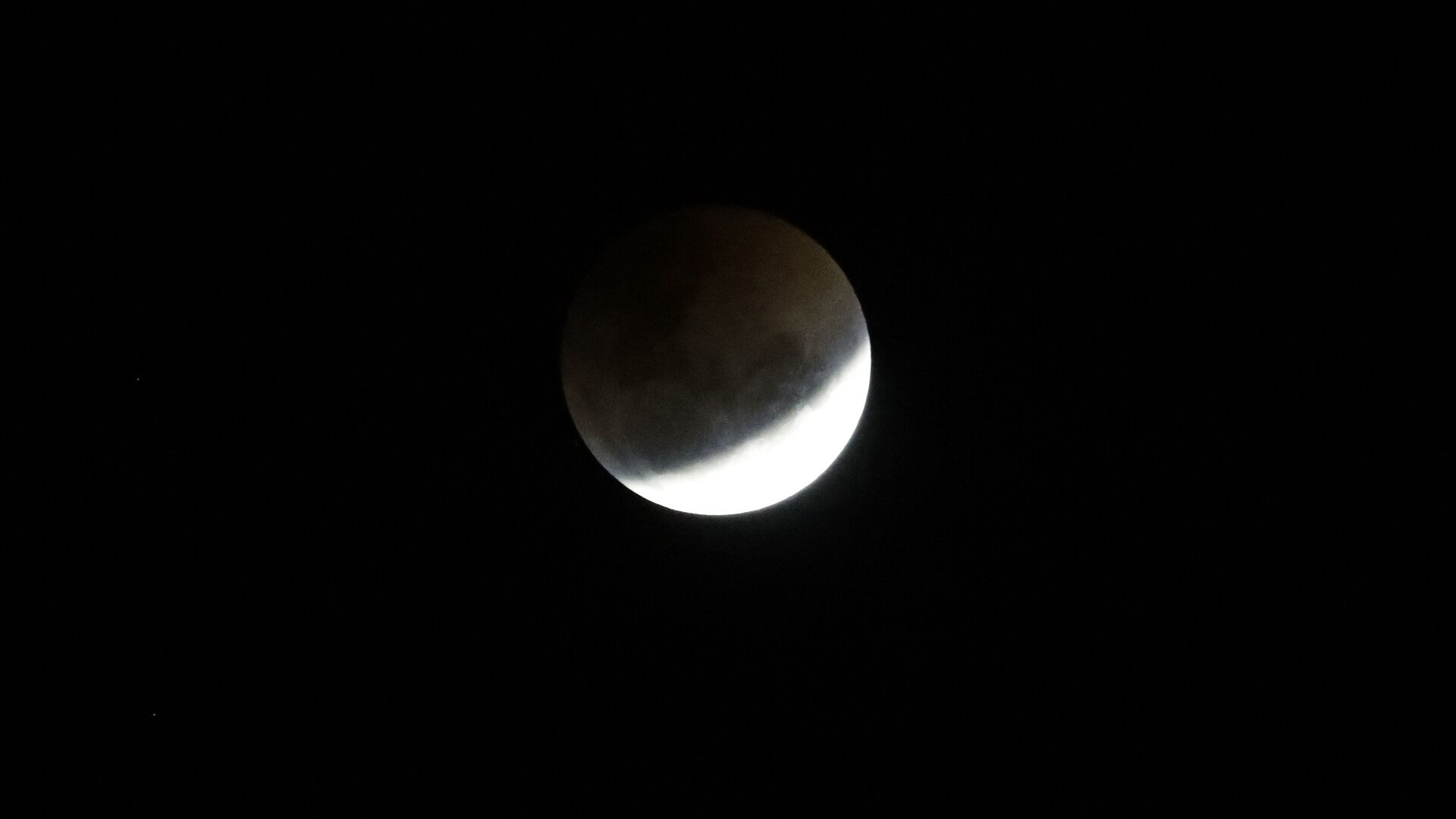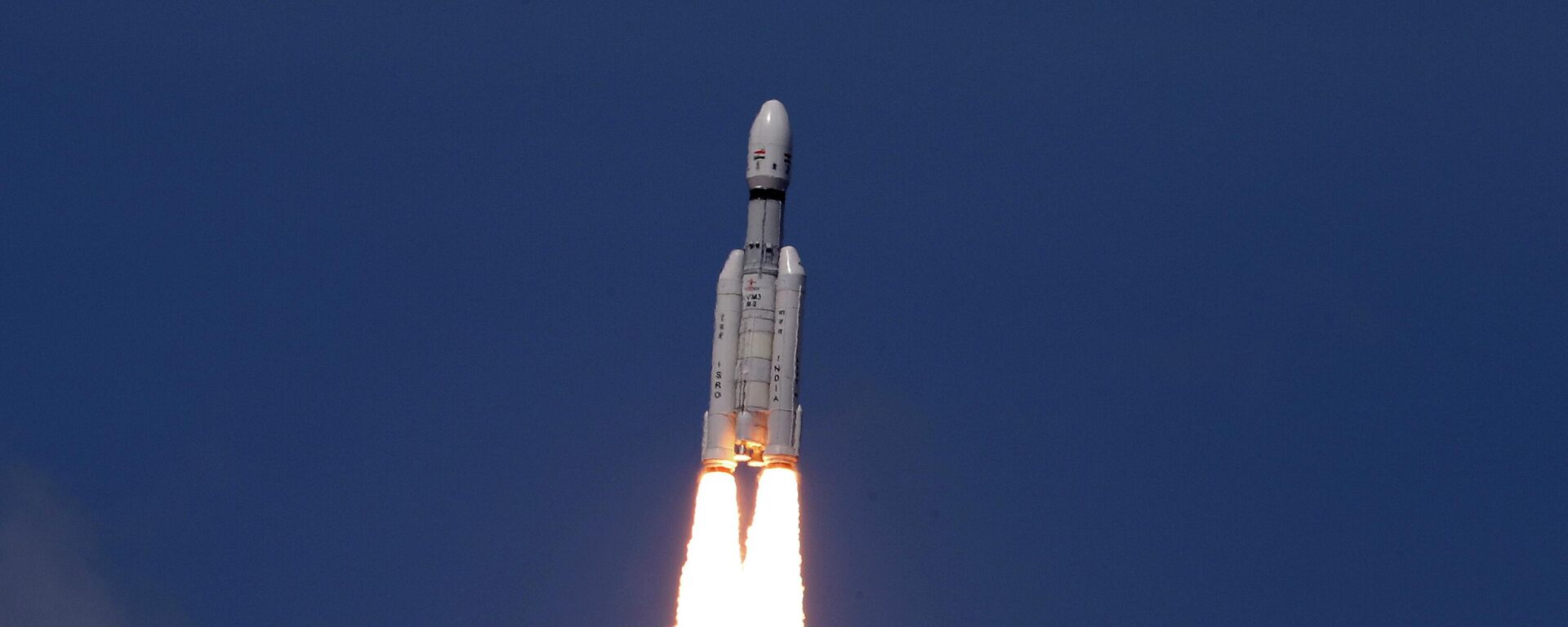https://sputniknews.in/20231028/last-lunar-eclipse-in-2023-to-take-place-saturday-night-5119309.html
Last Lunar Eclipse in 2023 to Take Place Saturday Night
Last Lunar Eclipse in 2023 to Take Place Saturday Night
Sputnik India
Sky-watchers worldwide including those in India will be able to witness the last partial lunar eclipse of 2023 on Saturday Night. 28.10.2023, Sputnik India
2023-10-28T20:13+0530
2023-10-28T20:13+0530
2023-10-28T19:53+0530
india
moon
europe
x (former twitter)
australia
south asia
central asia
southeast asia
antarctica
indian ocean
https://cdn1.img.sputniknews.in/img/07e7/0a/1c/5121185_0:165:3432:2096_1920x0_80_0_0_a38fd01b07b362e62f4f38992d22c08f.jpg
The last partial lunar eclipse of 2023 will be visible on Saturday night, providing a magnificent sight for skywatchers worldwide, including those in India."Watch Earth's orbit around the Sun and Moon to see the wonders of astronomy in action", the post added.Earth's shadow appears extremely dark on the side of the Moon facing the planet during a partial eclipse. The alignment of the Sun, Earth, and Moon determines what is visible to observers from Earth during a partial lunar eclipse.The eclipse will be visible to individuals in Europe, Asia, Australia, Africa, North America, North and East South America, the Pacific, Atlantic, Indian Ocean, Arctic, and Antarctica in addition to many locations in India.
https://sputniknews.in/20231017/india-to-send-man-to-moon-by-2040-modi-4884581.html
india
moon
europe
australia
south asia
central asia
southeast asia
antarctica
indian ocean
pacific ocean
south africa
north africa
africa
Sputnik India
feedback.hindi@sputniknews.com
+74956456601
MIA „Rossiya Segodnya“
2023
Swapna Nair
https://cdn1.img.sputniknews.in/img/07e7/09/12/4320104_0:0:681:681_100x100_80_0_0_ca8a7d4d582609272840ffdd1cde7278.jpg
Swapna Nair
https://cdn1.img.sputniknews.in/img/07e7/09/12/4320104_0:0:681:681_100x100_80_0_0_ca8a7d4d582609272840ffdd1cde7278.jpg
News
en_IN
Sputnik India
feedback.hindi@sputniknews.com
+74956456601
MIA „Rossiya Segodnya“
Sputnik India
feedback.hindi@sputniknews.com
+74956456601
MIA „Rossiya Segodnya“
Swapna Nair
https://cdn1.img.sputniknews.in/img/07e7/09/12/4320104_0:0:681:681_100x100_80_0_0_ca8a7d4d582609272840ffdd1cde7278.jpg
last partial lunar eclipse of 2023, skywatchers, india, biggest cosmic event, sky watcher, indian meteorological department, lunareclipse, earth's orbit, sun, moon, europe, asia, australia, africa, north america, north and east south america, the pacific, atlantic, indian ocean, arctic, antarctica
last partial lunar eclipse of 2023, skywatchers, india, biggest cosmic event, sky watcher, indian meteorological department, lunareclipse, earth's orbit, sun, moon, europe, asia, australia, africa, north america, north and east south america, the pacific, atlantic, indian ocean, arctic, antarctica
Last Lunar Eclipse in 2023 to Take Place Saturday Night
Sky-watchers worldwide including those in India will be able to witness the last partial lunar eclipse of 2023 on Saturday Night.
The last partial lunar eclipse of 2023 will be visible on Saturday night, providing a magnificent sight for skywatchers worldwide, including those in India.
"Prepare for the year's biggest cosmic event, sky watchers and aficionados!" the Indian Meteorological Department announced on X (previously Twitter), noting that there will be a partial lunar eclipse on 28-29 October.
"Watch Earth's orbit around the
Sun and Moon to see the wonders of astronomy in action", the post added.
Earth's shadow appears extremely dark on the side of the
Moon facing the planet during a partial eclipse. The alignment of the Sun, Earth, and Moon determines what is visible to observers from Earth during a partial lunar eclipse.
It is predicted to begin at 11.31 pm Indian Standard Time (IST) and to progressively cover the Moon's surface with the darker part of the Earth's shadow, called the umbra, by midnight, or around 1 am IST.
The
eclipse will be visible to individuals in Europe, Asia, Australia, Africa, North America, North and East South America, the Pacific, Atlantic, Indian Ocean, Arctic, and Antarctica in addition to many locations in India.



